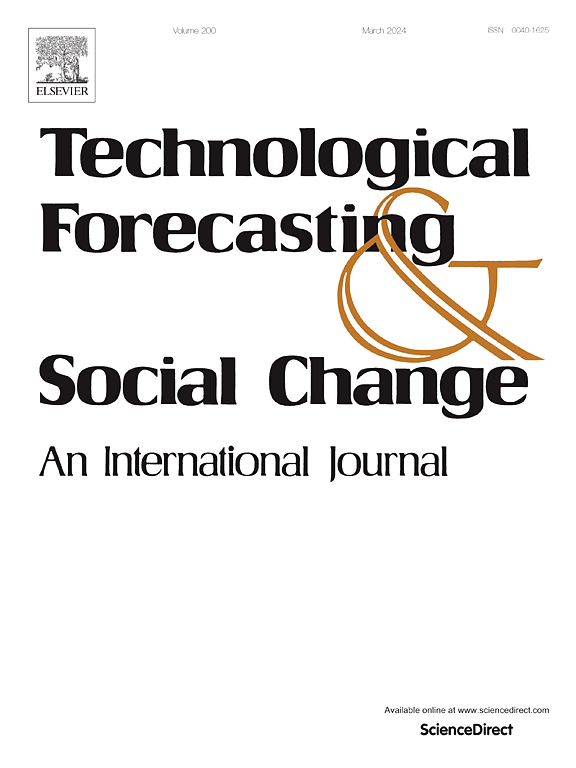New inequality in equality: An empirical study on the effects of device and physical environment appropriateness divide on E-learning outcomes
IF 13.3
1区 管理学
Q1 BUSINESS
Technological Forecasting and Social Change
Pub Date : 2025-06-28
DOI:10.1016/j.techfore.2025.124256
引用次数: 0
Abstract
The high penetration rate of smartphones in recent years has alleviated the concern regarding Internet access in China and facilitates e-learning, especially in rural areas. In such e-learning practice, device appropriateness becomes a new source of the digital access divide. Also, effective access to e-learning depends on the physical environment, which may further weaken or strengthen the influence of device appropriateness divide. However, previous studies have mainly focused on the access dichotomy or quality divide and investigated its downstream influences without considering the physical environment. Thus, this study aims to investigate: (1) does the device and physical environment appropriateness divide exist between rural and urban students? (2) how do these two types of appropriateness divide interact to influence students' e-learning outcomes? To empirically examine these research questions, we applied the chi-square test, the independent sample t-test, structural equation modeling, and Process Macro. Our results reveal some significant and interesting findings. First, we confirmed the existence of device appropriateness divide, whereas partially confirmed the existence of physical environment appropriateness divide between rural and urban students. Second, we validated the significant interactive effect of these two types of appropriateness divide on e-learning outcomes. Our study offers several valuable theoretical and practical implications.
平等中的新不平等:设备适宜性和物理环境适宜性差异对电子学习结果影响的实证研究
近年来智能手机的高普及率缓解了中国对互联网接入的担忧,促进了电子学习,特别是在农村地区。在这种电子学习实践中,设备适当性成为数字访问鸿沟的新来源。此外,电子学习的有效获取取决于物理环境,这可能进一步削弱或加强设备适当性鸿沟的影响。然而,以往的研究主要集中在通道二分法或质量二分法上,研究其对下游的影响,而没有考虑自然环境。因此,本研究旨在探讨:(1)城乡学生在设备适宜性和物理环境适宜性上是否存在差异?(2)这两种适当性划分如何相互影响学生的网络学习成果?为了对这些研究问题进行实证检验,我们采用了卡方检验、独立样本t检验、结构方程建模和过程宏。我们的研究结果揭示了一些重要而有趣的发现。首先,我们确认了设备适宜性差异的存在,而部分确认了城乡学生物理环境适宜性差异的存在。其次,我们验证了这两种适当性差异对电子学习结果的显著交互作用。我们的研究提供了一些有价值的理论和实践意义。
本文章由计算机程序翻译,如有差异,请以英文原文为准。
求助全文
约1分钟内获得全文
求助全文
来源期刊
CiteScore
21.30
自引率
10.80%
发文量
813
期刊介绍:
Technological Forecasting and Social Change is a prominent platform for individuals engaged in the methodology and application of technological forecasting and future studies as planning tools, exploring the interconnectedness of social, environmental, and technological factors.
In addition to serving as a key forum for these discussions, we offer numerous benefits for authors, including complimentary PDFs, a generous copyright policy, exclusive discounts on Elsevier publications, and more.

 求助内容:
求助内容: 应助结果提醒方式:
应助结果提醒方式:


